Why Is Water Temperature Important in Fishing?
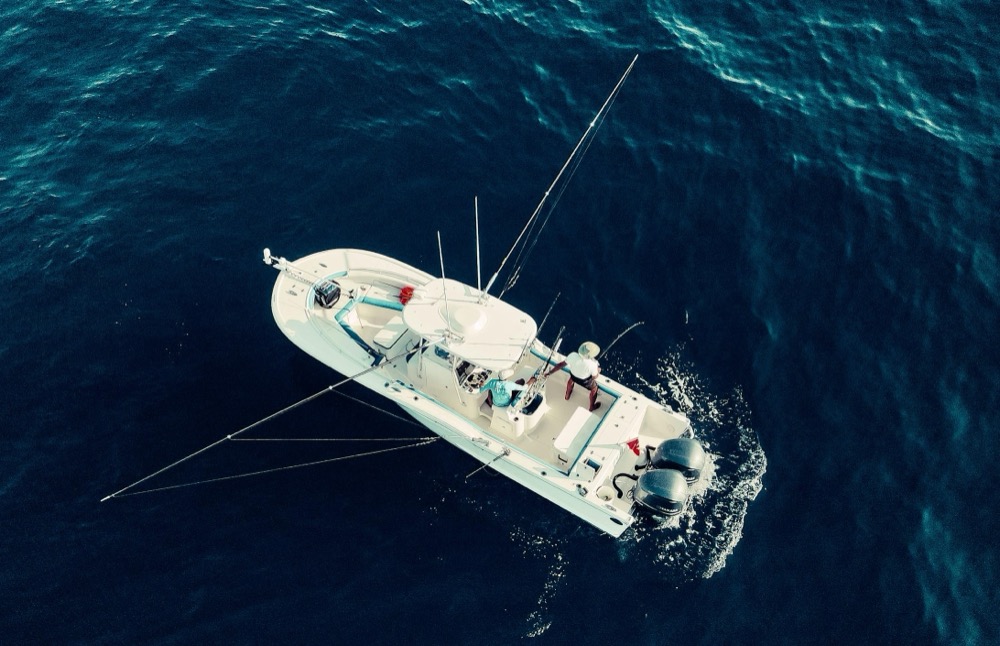 Image Credit: Pexels
Image Credit: Pexels
Water temperature is a key factor that can make or break your fishing trip. It affects nearly every aspect of fish behavior and can be the difference between a successful day on the water and coming home empty-handed. Let's explore why water temperature matters so much and how you can use this knowledge to improve your fishing success.
How Water Temperature Affects Fish Metabolism and Activity Levels
Fish are cold-blooded creatures, which means their body temperature changes with the surrounding water. This directly impacts their metabolism and activity levels:
- Warmer water speeds up fish metabolism, making them more active and hungry
- Cooler water slows down metabolism, reducing activity and feeding
- Extreme temperatures (too hot or too cold) can stress fish and reduce feeding
Optimal Temperature Ranges for Different Fish Species
Each fish species has a preferred temperature range where they're most active and likely to feed. Here are some common Florida fish and their ideal water temperatures:
| Fish Species | Optimal Temperature Range |
|---|---|
| Snook | 70°F - 85°F |
| Redfish | 60°F - 80°F |
| Tarpon | 75°F - 85°F |
| Trout | 55°F - 75°F |
Seasonal Changes in Water Temperature and Their Impact on Fishing
As seasons change, so does water temperature, affecting fish behavior. In spring, rising temperatures increase fish activity and trigger spawning for many species. Summer's peak temperatures can drive fish to cooler, deeper waters or shaded areas. Fall brings cooling waters, often leading to increased feeding as fish prepare for winter. In winter, cold temperatures slow fish metabolism, requiring different fishing techniques.
The Relationship Between Water Temperature and Dissolved Oxygen Levels
- Colder water holds more dissolved oxygen
- Warmer water holds less oxygen, potentially stressing fish
- Fish may seek out areas with higher oxygen levels, especially in summer
How Water Temperature Influences Fish Distribution and Migration Patterns
Temperature plays a crucial role in where fish are found. Fish often move to find their preferred temperature range, and seasonal migrations are often triggered by temperature changes. In lakes and rivers, fish may move to different depths to find comfortable temperatures.
Techniques for Measuring and Monitoring Water Temperature While Fishing
To make the most of water temperature knowledge, you need to be able to measure it accurately:
- Use a digital thermometer designed for fishing
- Check temperatures at different depths
- Monitor temperature trends over time
- Consider investing in a fish finder with built-in temperature sensing
Tips for Fishing Based on Water Temperature
- Research the preferred temperature ranges for your target species
- Adjust your fishing depth based on water temperature
- Change your lure presentation speed with temperature (slower in cold water, faster in warm)
- Be aware of how quickly temperatures can change in shallow waters
- Use temperature data to predict fish location and activity
Understanding water temperature and its effects on fish can significantly improve your fishing success. By considering this crucial factor, you can make better decisions about when and where to fish, what techniques to use, and what species to target.
For a fishing experience that takes full advantage of local water temperature knowledge, book a charter with AMI Saltwater Adventures. We understand how temperature affects fish behavior in Bradenton Beach waters and can help you make the most of your time on the water. Contact us or call 941-812-1053 to plan your temperature-optimized fishing trip today!
‹ Back


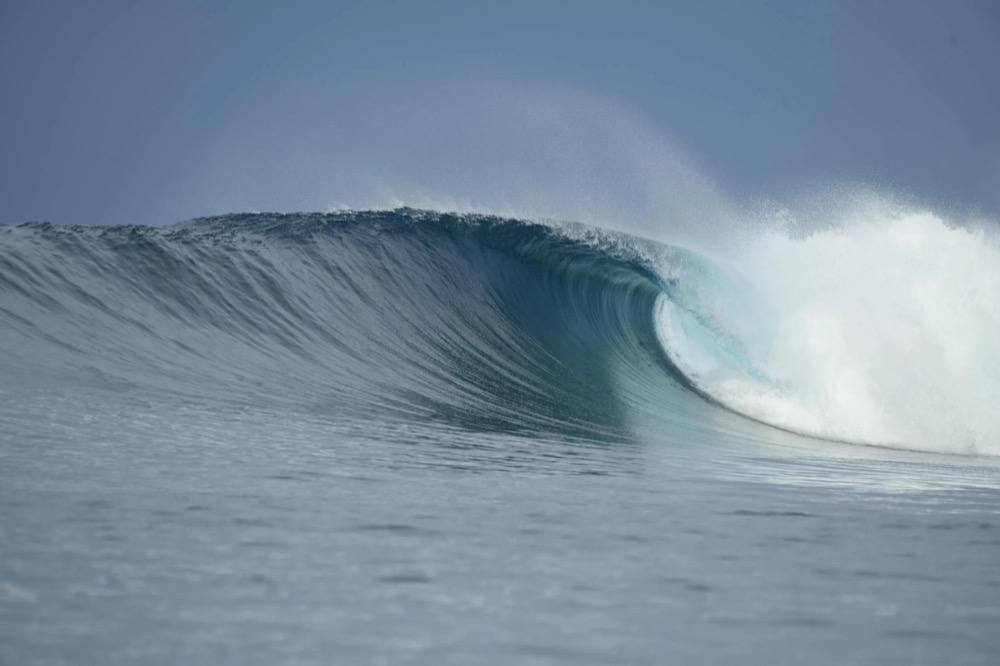

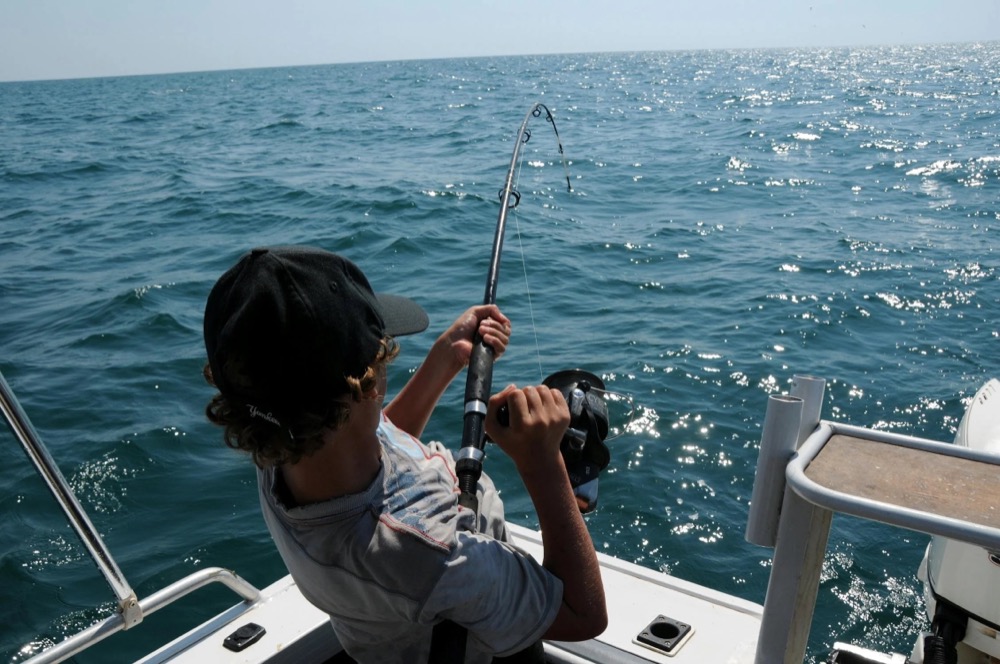
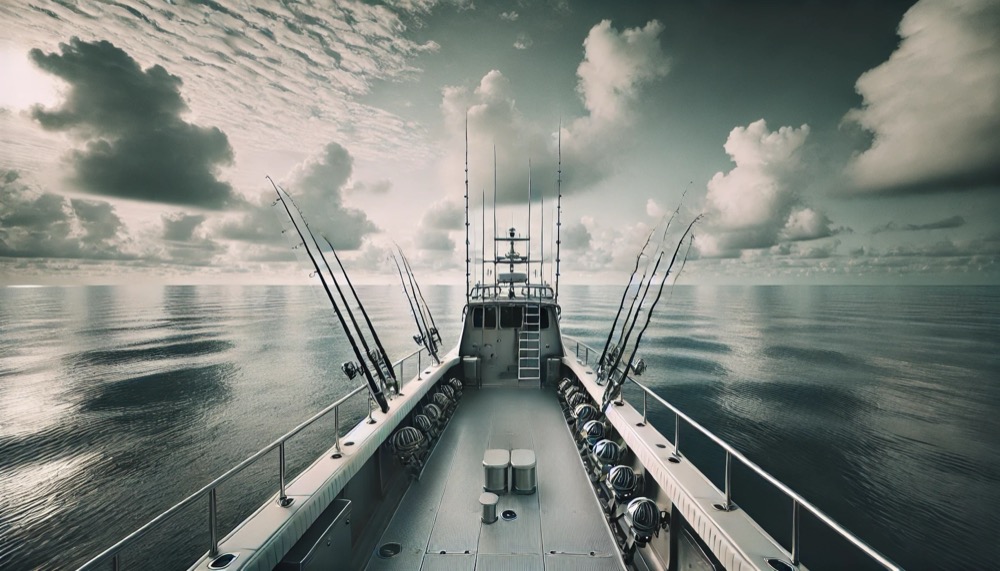
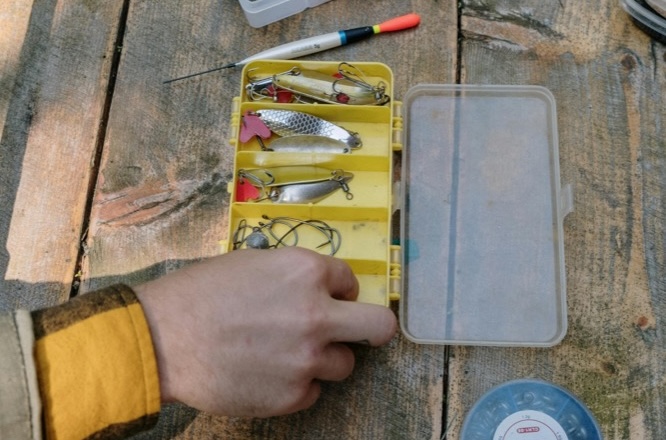
.png)